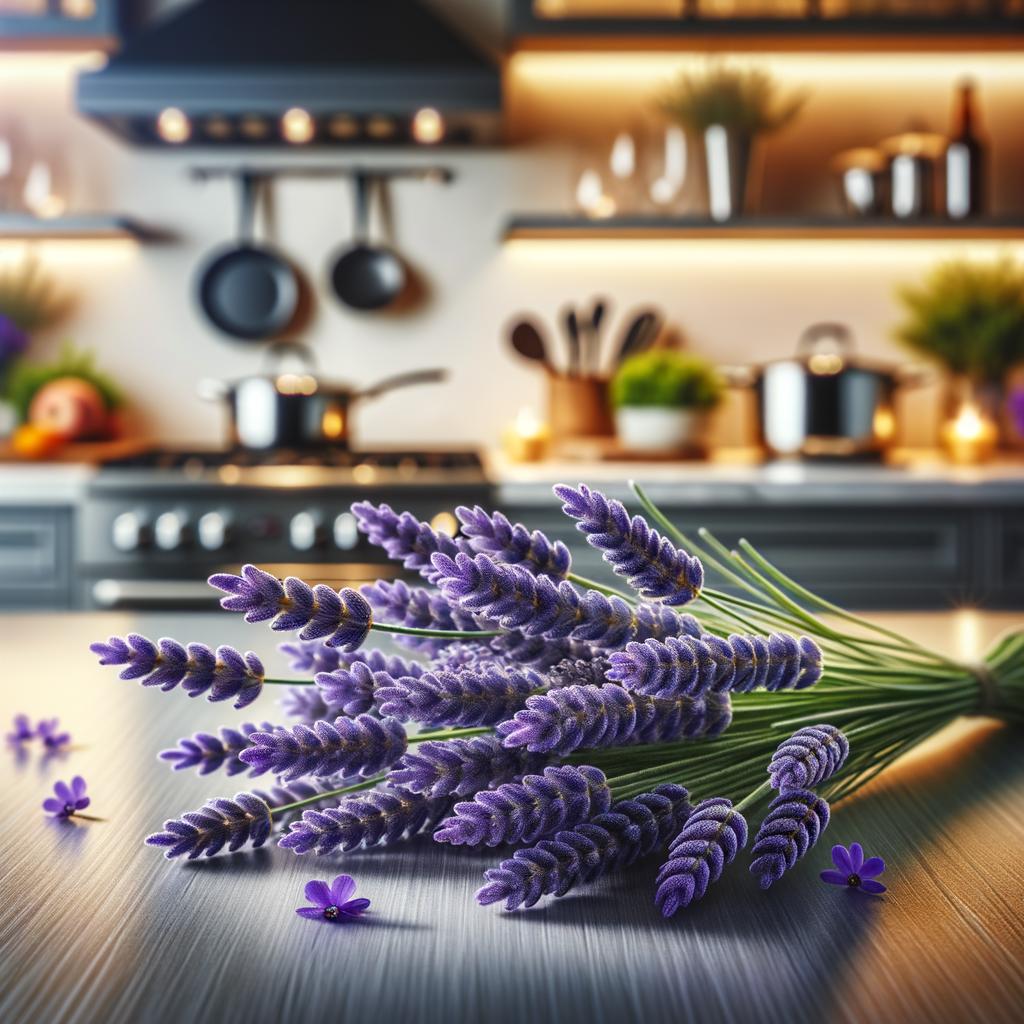Fresh Lavender Flowers

Description
Fresh lavender flowers are a sight to behold and a delight to the senses. These small, delicate blossoms are a vibrant hue of purple, ranging from a soft lilac to a deep violet. They are arranged in tight, cylindrical clusters on slender, green stems, creating a contrast that's as visually appealing as it is aromatic. The texture of the flowers is soft and velvety, and their scent is unmistakably unique - a sweet, floral fragrance with subtle hints of mint and rosemary. What sets lavender apart from other herbs is its dual nature. It's both robust and delicate, with a flavor profile that's as complex as its aroma - a mix of sweet, floral, and slightly bitter undertones.
Primary Uses
Lavender is a versatile ingredient in the culinary world. It's most commonly used to infuse desserts like cakes, cookies, and ice cream with its distinctive flavor. It's also a key component in Herbes de Provence, a traditional French herb blend. Beyond its culinary uses, lavender is also renowned for its calming properties. It's often used in teas, essential oils, and aromatherapy products to promote relaxation and reduce stress. Its cultural significance is vast, with it being a symbol of love, devotion, and purity in various cultures.
History
The history of lavender is as rich and colorful as its blossoms. Its origins trace back to the ancient Mediterranean, Middle East, and India, over 2,500 years ago. The Romans, who valued lavender for its healing and soothing properties, used it in their baths, beds, clothes, and even hair. Its name comes from the Latin 'lavare,' meaning 'to wash.' Over time, lavender's use spread throughout Europe, becoming particularly popular in the medieval and Renaissance periods as a strewing herb to freshen and sanitize homes. Lavender's romantic associations also have historical roots, often being used in love potions and spells.
Nutritional Information
Lavender is more than just a pretty flower with a pleasing aroma. It's packed with essential nutrients, including Vitamin A, calcium, and iron. The plant's essential oil is rich in phytochemicals with potential health benefits, such as reducing anxiety and improving sleep quality. However, like all good things, it must be consumed in moderation. Large amounts can potentially cause discomfort and, in rare cases, allergic reactions. Compared to similar herbs like rosemary and thyme, lavender has a unique nutritional profile, offering a different range of health benefits, making it a valuable addition to any diet.

